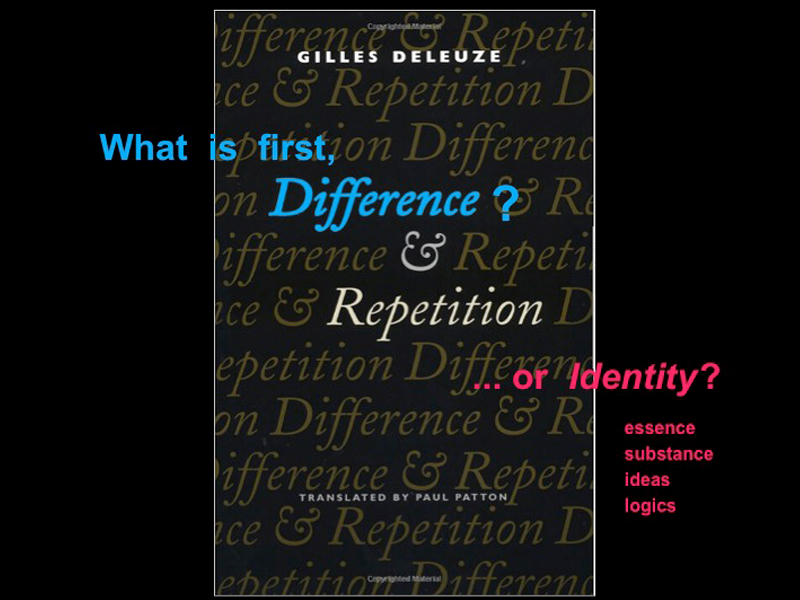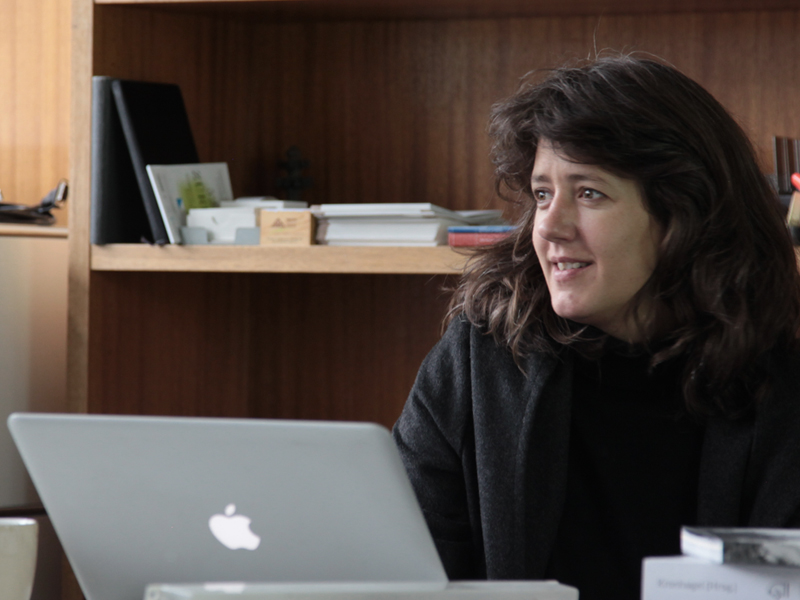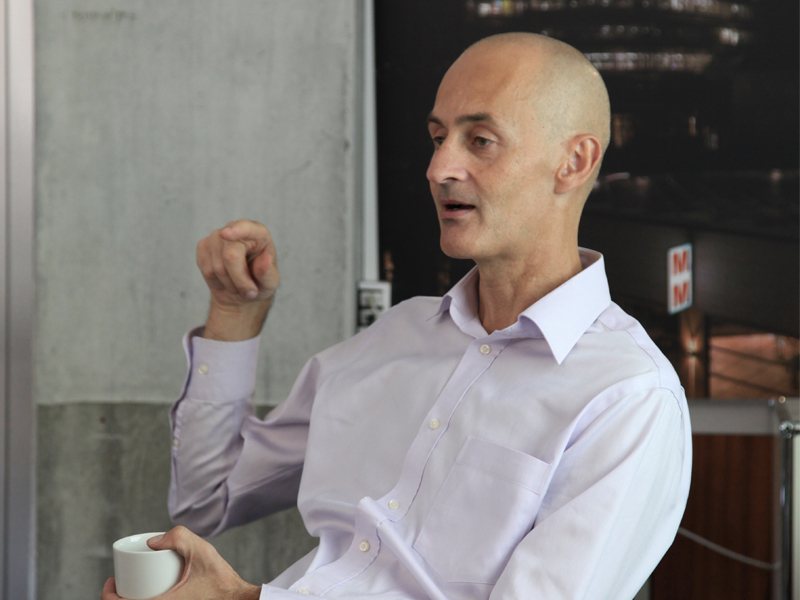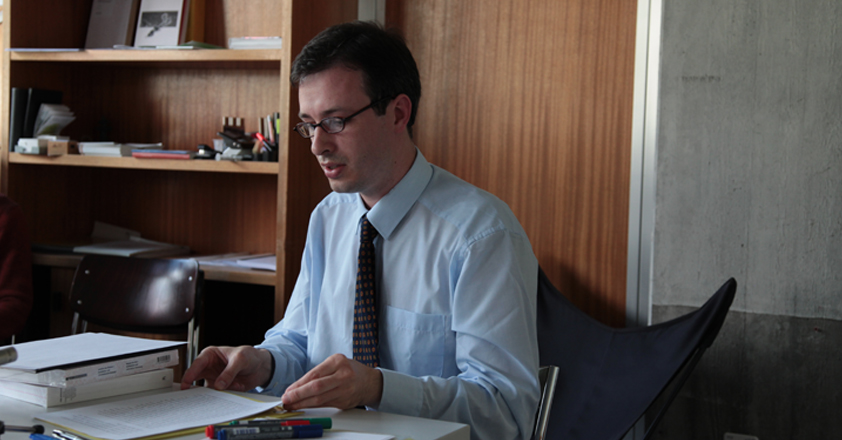M1: Living in a world of Abundant Potentials
M One: LIVING IN A WORLD OF ABUNDANT POTENTIALS
The first module asks about the use and the possibility of a theory for architecture, with a specific application to and perspective on CAAD. We will be concerned with the relation between architectonics as a methodological, philosophical frame of reference and its application in architectural practice, both from a historical as well as from a structural point of view. We will especially... Read More
Posts by date
M1: final presentations
image on the home page mixed by agata muszynska, based on images by Stanza Agata Muszynska:Abstract Machine_pdf http://www.vimeo.com/21023211 Hideaki Takenaga:Assemblage_pdf http://www.vimeo.com/21023277 Jesper Th├Ėger Christensen:Plane of Consistency_pdf http://www.vimeo.com/21023416 Jorge Orozco: Stratification_pdf http://www.vimeo.com/21023451 Magda Osinska: Deterritoialization_pdf http://www.vimeo.com/21023505 Mihye... Read More
M1: student works
Jesper Th├Ėger Christensen:┬ĀPlane of Consistency What is Architecture? I started trying to dissect the plane of consistency. Trying to gain an understanding of the concept by describing it├Łs parts. Looking at the plane of consistency as the unformed, unorganized, destratified matter and all its flows and intensities. Opposite to strata as the thickening, slowing down of the plane... Read More
M1:18.10.2010/ Prof.Kate Marshall/Narrative Infrastructures: Architecture, Narrative, Fiction
Narrative Infrastructures: Architecture, Media, Fiction In this lecture I will show how infrastructure, or what the American novelist Henry Roth calls ŌĆ£the strange world behind the walls,ŌĆØ works not only as a highly visible and privileged topic of fiction, but also as an important way of thinking about narrative form. Reading infrastructures quite literally as narrative objects... Read More
M1: Sequences. Concepts and simple Methods/ lecture by Klaus Wassermann
Listen to the lecture here: MAS10_1M8_wassermann_sequences_01 MAS10_1M8_wassermann_sequences_02 MAS10_1M8_wassermann_sequences_03 http://www.vimeo.com/20333080 http://www.vimeo.com/20333153 http://www.vimeo.com/20333213 Read More
M1:on coding/ lecture by Vera B├╝hlmann
This lecture will start with the assumption that the mediation between narratives and numbers happens by coding. It will introduce a basic problem involved in any concrete, real-world application of a numerical model: namely the problem of how to turn a symbolical calculus into a significant one. I will suggest that historically, there had been two common stances in dealing with... Read More
M1:”about the point”/lecture by Ludger Hovestadt
The point is a geometrical abstraction, everyone would probably agree with that. This lecture by Ludger Hovestadt explores how┬Ā the abstract concept of a point releases different potentials to be realized in different technological paradigms. It gives an introduction to what it can allow for first in a pre-analytical, geometrical paradigm, then in an analytical, mechanical paradigm,... Read More
M1:Evolution. About Owls flying from Athens to Manhattan/ lecture by Klaus Wassermann
slides:evolution pdf http://www.vimeo.com/20306520 http://www.vimeo.com/20322140 http://www.vimeo.com/20322166 http://www.vimeo.com/20322188 http://www.vimeo.com/20322206 http://www.vimeo.com/20322221 http://www.vimeo.com/20322239 http://www.vimeo.com/20322259 http://www.vimeo.com/20322275 http://www.vimeo.com/20322293 http://www.vimeo.com/20322325 Read More
M1:01.10.2010/Dr.Edward Willat/Gilles Deleuzes Architectonics of Growth
Architectonics has a long history in philosophy.┬Ā Successive philosophers sought to locate the beginning or foundation of all knowledge.┬Ā This was used to organise all the disciplines of knowledge in a┬Āsystem.┬Ā This lecture will explore┬Āthe work of Aristotle and Kant where┬Āthe foundational and organisational tasks of architectonics are articulated.┬Ā We will then introduce┬Āthe... Read More
M1:mediality & architectonics/ lecture by Vera B├╝hlmann
Lecture by Vera B├╝hlmann, an an introduction to the background issues to Michel Serres’ Text “The Origins of Geometry”. Why is geometry so fundamental to our thinking? What does it mean to our CAAD problematics on finding solutions that cannot be drawn? The origin of geometry itself, so Serres claims, was of a double nature: Using figures, schemas, and diagrams... Read More
M1:REAL ABUNDANCE/lecture by Ludger Hovestadt and Vera B├╝hlmann
Energy in the metalithic Era: lecture by Ludger Hovestadt and Vera B├╝hlmann on the [power]book. Do we have enough energy for everyone? Of course not: we have more than enough. More than enough to cover all our current needs, more than enough to cater for expanding populations, growing economies and rising standards of living, across the globe. We have so much energy that, once... Read More








